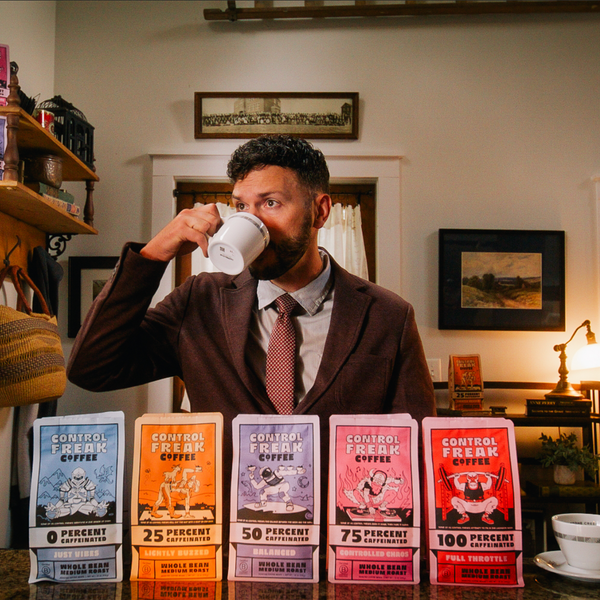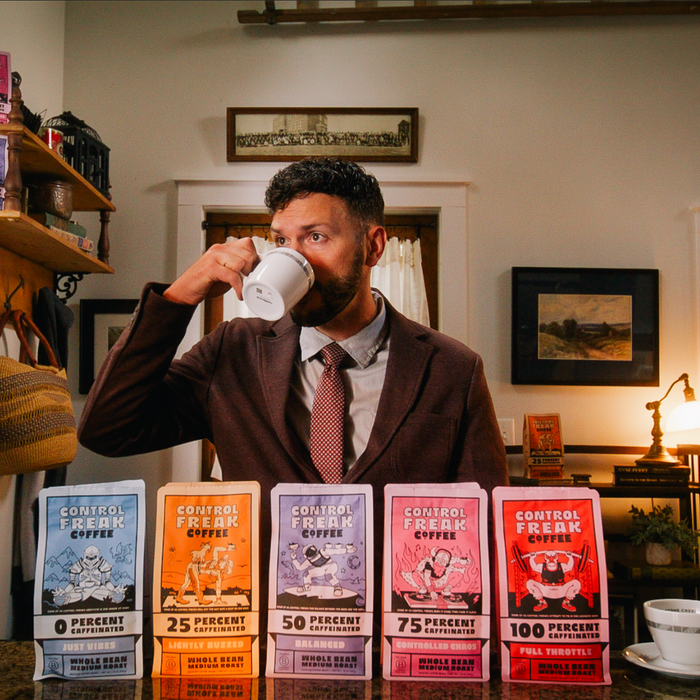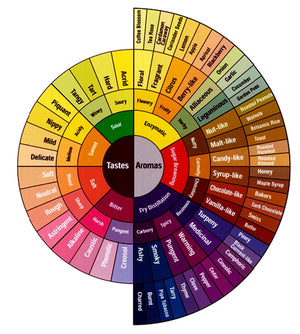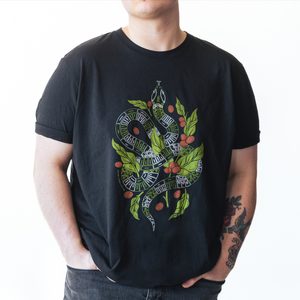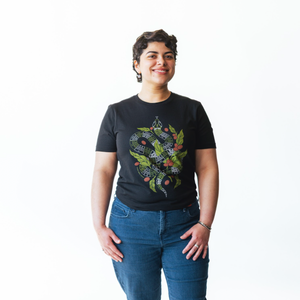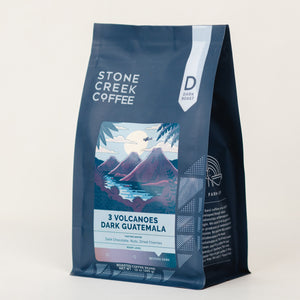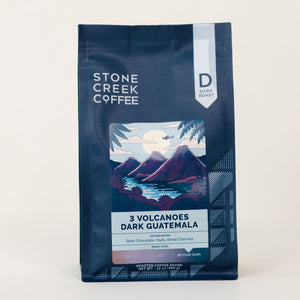A Beginner’s Guide to Coffee Tasting Notes
Aug 22, 2025
If you’ve ever seen words like chocolate, citrus, berry, or floral written on a coffee bag, you’ve already encountered coffee tasting notes. But what do they really mean? And how can you start to recognize them in your daily cup? This beginner’s guide will help you decode the language of specialty coffee so you can taste—and enjoy—your brew in a whole new way.
What Are Coffee Tasting Notes?
Coffee tasting notes are the descriptive flavors and aromas that roasters and coffee professionals identify in a particular bean. They don’t mean the coffee has added flavors; rather, these notes come naturally from the coffee’s origin, variety, processing method, and roast profile.
For example, a coffee from Ethiopia might carry notes of blueberry and jasmine, while one from Colombia could lean toward caramel and nutty sweetness.
Think of tasting notes as a roadmap—they give you an idea of what to expect, not a strict guarantee of what you must taste.
The Coffee Taster’s Flavor Wheel
One tool coffee professionals use is the Coffee Taster’s Flavor Wheel, a guide created by the Specialty Coffee Association. It includes categories like:
• Fruity (berries, citrus, tropical fruit)
• Sweet (caramel, honey, molasses)
• Nutty/Chocolatey (almond, hazelnut, dark chocolate)
• Floral (rose, jasmine, lavender)
As a beginner, you don’t need to memorize the whole wheel. Start with broad categories: Is this coffee fruity or chocolatey? Bright or smooth?
How to Taste Coffee Like a Pro
You don’t need fancy equipment to get started. Here’s a simple step-by-step approach:
1) Smell First – Before sipping, inhale deeply. Aroma is a huge part of flavor.
2) Take a Small Sip – Let the coffee coat your tongue and notice the first impression.
3) Identify Flavors – Ask yourself: Is it sweet, tangy, nutty, or floral?
4) Pay Attention to Body & Finish – Is it light or heavy on the tongue? Does the flavor linger or disappear quickly?
The more you practice, the more confident you’ll get at spotting coffee tasting notes.
Why Coffee Tasting Notes Matter
Understanding tasting notes can help you:
• Choose coffee you’ll love – If you prefer chocolatey, nutty flavors, look for those descriptors on the bag. In addition to this, we also label each coffee with a Body & Brightness number from 1-5 on the coffee's product page online. This number will help you to know if a coffee will be extra bright or have a smaller or larger body.
• Expand your palate – Trying new profiles (like fruity or floral) introduces you to the full spectrum of coffee.
• Appreciate coffee’s complexity – Every bean tells a story of where it’s grown and how it’s processed.
Final Thoughts
Exploring coffee tasting notes is less about being a critic and more about paying attention. With practice, you’ll go from “this tastes like coffee” to discovering layers of flavor that make each cup unique.
So next time you brew, slow down, sip slowly, and see what new notes you can uncover. And if you want to rep some variations on the flavor wheel, check out some of our Flavor Wheel merch!

